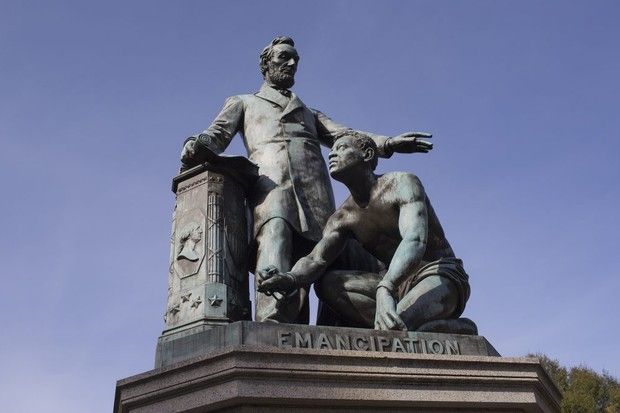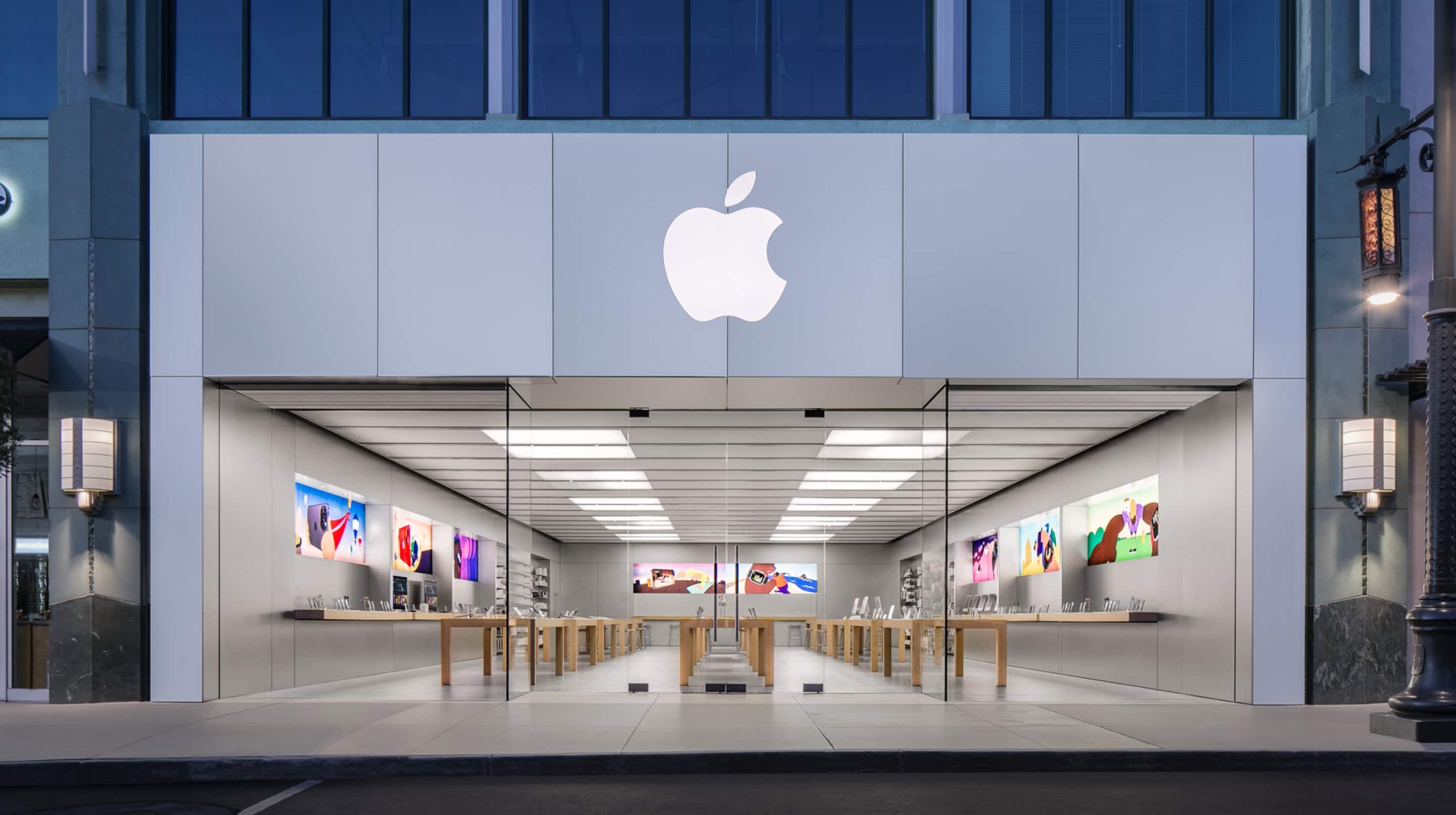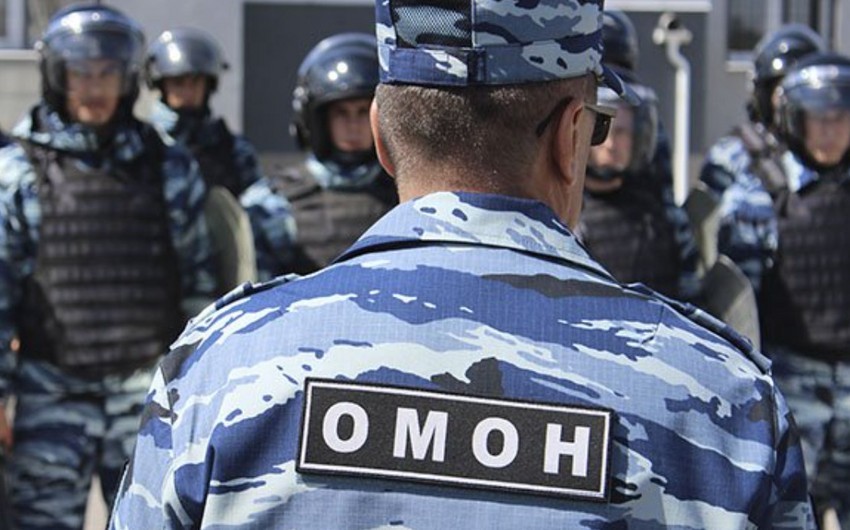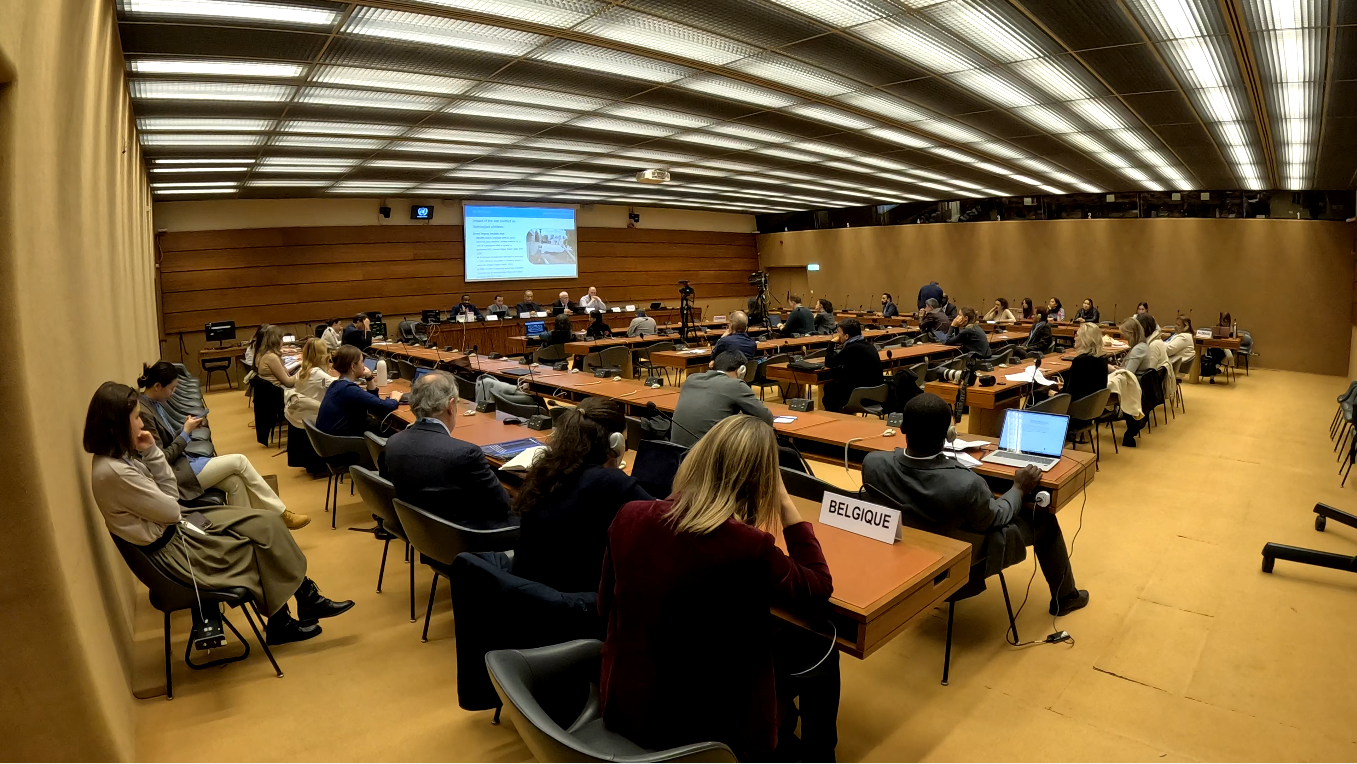The Lincoln Memorial in Washington DC is very familiar to British eyes – not least because American action movies often seem to show it and the other monuments of the capital’s National Mall under attack from terrorists, criminals or even aliens. A spectacular assault on the landmarks of Washington DC is Hollywood shorthand for expressing the idea that America and its values are under threat.
But visit the memorial on any summer’s day, and you’ll find it a peaceful place, crowded with schoolchildren paying a first visit to their nation’s capital, and learning from their teachers the basic story of America’s 16th president, Abraham Lincoln. He’s one of the towering figures in the story that Americans tell about themselves in order to explain – in the absence of a long shared history or natural borders – what holds their nation together.
What the schoolkids very often learn is that Abraham Lincoln is the ‘Great Emancipator’, the man who ended slavery, thereby ending the Civil War of 1861–65 between America’s north, and the breakaway states of its south. And he’s been hero-worshipped by many subsequent Americans for these achievements. “He moved a nation,” said America’s 44th president, Barack Obama, “and helped free a people.” Meanwhile, its 45th once promised to be “more presidential than any president that’s ever held this office”, with just one exception: that of the “late, great Abraham Lincoln”.
The Great Emancipator’s memorial is itself a sort of physical embodiment of the post-Civil War, reunited Union. Its builders were careful to use stone from both the southern states that had formed their own Confederacy, and the northern states who remained within the Union. Around the top are the names of individual states, including the Union states that had abolished slavery before the Civil War began, and the Confederate states in which slavery remained legal. But the memorial mixes up the names of all the states together, north and south alike, to show that the USA’s indissoluble nature is written in stone.
The Lincoln Memorial makes it seem like the American Civil War is well and truly over. But it was only last year that a woman died in Charlottesville, Virginia during a dispute about how exactly the bloody conflict of 150 years ago should continue to be commemorated. There are many holes in the schoolbook success story of Lincoln emancipating the slaves and healing a divided nation.
For a start, Abe Lincoln is not quite the hero with modern sensibilities about slavery that people often assume. To him, the emancipation of up to 4 million African Americans who laboured on the plantations and industries of the South was not an end in itself. It was a means to an end, a tactic towards defeating the South by damaging its economy. The secession of the southern states had in any case happened not purely over the issue of slavery but, more accurately, over the issue of whether or not slavery was going to be permitted in the new states forming in the western part of the North American continent and wanting to join the Union.
No place in America?
For people who believe uncritically in the image of the Great Emancipator, Lincoln made some surprising statements about slavery. Here’s just one of them: “If I could save the Union without freeing any slave, I would.” He also believed in the rather barmy idea – or so it seems to modern eyes – that the formerly enslaved had no place in the United States, but instead ought to be sent back to their native Africa, or even to South or Central America.
Lincoln certainly was no abolitionist along the lines of Harriet Beecher Stowe, whose novel Uncle Tom’s Cabin (1852) did so much to persuade people that slavery was morally wrong. And his achievement was much more subtle than simply ordering emancipation to happen. Lincoln’s skill was to occupy a slowly changing succession of positions that lay well behind the cutting edge of radical thought on the evil of slavery. But, as he made the journey towards the idea that slavery is unacceptable, he was able to take the majority of Americans with him. In other words, he wasn’t a saint, but a human being. And a human being who happened to be a supremely gifted politician.
It was well into the war that Lincoln decided to make his ‘Emancipation Proclamation’ (effective January 1863). Even then, the document did not promise freedom to all slaves.
A number of slave-owning states remained loyal to the Union. Some of those with vulnerable, valuable positions on the border of the Confederacy were allowed to maintain slavery in order to keep them on Lincoln and the Union’s side.
Trail of devastation
Some of the behaviour of Lincoln’s Union troops towards the former slaves who’d escaped or been freed by their owners was horribly compromised.
One such controversy marks the epic 1864 march by a Union army across the state of Georgia. Led by General William Sherman and marching under a flag of emancipation, the army left a wide trail of devastation in its wake. Those on the Union side of the story see it as a successful mercy mission to free the slaves. However, Sherman’s campaign can also be read as an unnecessarily brutal act of total war which saw the invaders fail to live up to their supposed ideals.
That might even have become the opinion of the formerly enslaved African Americans who attached themselves to the train of a Union leader operating under Sherman, Brigadier General Jefferson C Davis. A large number – the exact figure is unknown – of escaped slaves joined Davis’s forces. They wanted the protection of Lincoln’s army. After all, troops in the service of the Great Emancipator would surely look after them. But Davis wanted to rid his baggage train of what he saw as an encumbrance of “useless negroes”, slowing him down and increasing risk.
Davis’s army used pontoon bridges to cross a swamp of deep-running black waters at Ebenezer Creek near Savannah. But in an act that stains the memory and motives of the Union side, he left his unwelcome recruits behind and in danger of falling into Confederate hands. One of Davis’s colleagues believed that this must result in “all these negroes being recaptured or perhaps brutally shot”. In the event, many of them died trying to cross the swamp on their own makeshift rafts, or even by swimming through its waters.
Ebenezer Creek was just one shameful incident, but the further undermining of Lincoln’s reputation as the Great Emancipator began even as the mourning for his 1865 assassination, and his subsequent commemoration, were still in progress.
Soon after his death, a former slave named Charlotte Scott gave five dollars from her pay to go towards another statue of Lincoln, not the stone memorial on the Mall, but the bronze Emancipation Memorial in a different part of Washington DC.
At the unveiling of the statue, though, a black politician and reformer named Frederick Douglass made an important speech. He pointed out that, even if Lincoln ended slavery, he always chose the course of action that would most advantage white America. “I as much as any other man,” Lincoln once said, “am in favour of having the superior position assigned to the white race.”
Frederick Douglass and others would watch with chagrin as the ending of slavery in a formal sense turned into less official forms of abuse of African Americans. Racial segregation became a fact of life in many formerly Confederate states, as did using the formerly enslaved as poorly paid labour. Indeed, ‘slavery’ was still possible – in all but name.
The Chattahoochee Brick Company was a particularly heinous example of this. Operating at full steam to rebuild the city of Atlanta after the Civil War, it produced millions of bricks a year. To do so, it exploited a loophole in the 13th Amendment to the United States Constitution, which formalised emancipation. Slavery can no longer exist, this amendment says, “except as punishment for crime”.
So, if you were convicted of a crime – a situation that applied disproportionately to black people – you could find yourself working for hardly any money under a scheme called ‘convict leasing’. If particularly unlucky, you might find yourself in the Chattahoochee Brick Company’s yard outside Atlanta, where thousands of convicts were worked to death, and whose bodies are thought still to lie beneath the remnants of the company’s works.
A tacit rebuke
It was all this and more that led Martin Luther King to stand on the steps of the Lincoln Memorial on 28 August 1963 to address a rally of more than 200,000 people marching for civil rights.
It was no accident that King chose this spot to make a speech that included the words ‘I Have a Dream’. He was referring to the American Dream, and signalling that King and his fellow black Americans also, like white people, dreamed of living as full citizens within Lincoln’s Union. By standing on the steps of the Lincoln Memorial, King was saying tacitly that the president’s legacy had let him and his like down. Emancipation had promised more to black Americans than it had delivered.
Of course, a lot has changed since 1963. But the Civil War and its memorials are still causing dismay and even violence in 2018. The nexus has been a small park in Charlottesville, Virginia, a quiet college town. When I visited it in June, I was driven by a taxi driver named Mario, whose marriage ceremony had taken place outdoors in the little park. He told me he’d been surprised when his father refused to pose for the wedding photos near the park’s central statue.
Mario’s father had strong negative feelings about the statue because it’s a memorial to another Civil War general – a Confederate this time – named Robert E Lee. To Mario’s older relatives, the statue of General Lee is not ‘just’ an artwork – it’s the legacy of a white supremacist way of life that still restricts the opportunities of black people today.
And Mario’s family certainly weren’t alone in holding the statue of General Lee in contempt. In 2017, Charlottesville city council voted to change the name of the area from ‘Lee Park’ to ‘Emancipation Park’, so as to counter the effect of the statue at its heart. Some went further still, and argued that the statue should come down altogether. Part of the offence lies in the fact that the statue of Lee isn’t a product of the Civil War or its aftermath. It was erected between 1917 and 1924, a period when confidence was returning to the South after the calamity of the 1860s – and when lynchings and other activities by the Ku Klux Klan were on the rise.
However, the threat to remove the statue brought out an alliance of protestors in its defence, including members of an extremist group called ‘Unite the Right’. There were violent clashes and, as a consequence of the actions of one of ‘Unite the Right’s’ supporters, a woman – Heather Heyer – died.
It may seem extraordinary to suggest that a person killed in 2017 was the most recent casualty of the American Civil War, a conflict that’s supposed to be long over. But there’s certainly something in the claim. “We’re still suffering, we have so much healing to do,” said Heather Heyer’s mother in August 2018, one year on from her daughter’s death. “We have a huge racial problem in our city and in our country.”
That’s quite at odds with the message of unity implicit in the memorial to Lincoln that introduces the man and his meaning to so many Americans to this day.
Britain has the advantage of several helpful tools for nation-building: centuries of history, a convenient natural border, even a powerful monarchy formerly unafraid to use force to keep its constituent parts together.
America, on the other hand, lacking all those things, has had to write its own story. And, when it gets to the chapter about the Civil War, it’s clearly very far from having reached its final draft.
Lucy Worsley is chief curator at Historic Royal Palaces. She is an author and presenter of numerous BBC TV series. The series American History’s Biggest Fibs is coming soon to BBC Four









